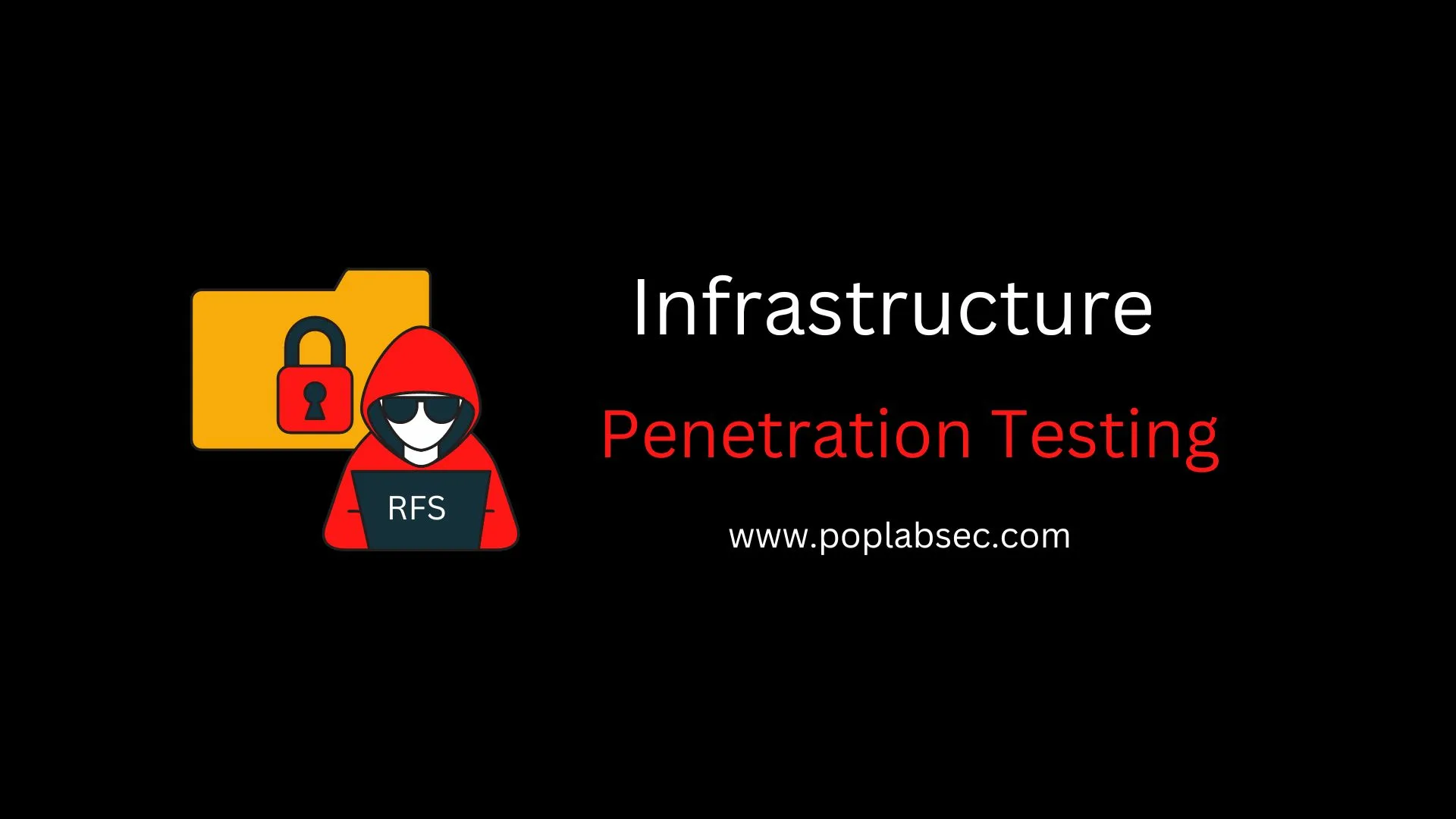Infrastructure Penetration Testing is a critical aspect of any organization’s security strategy.
In this article, we will cover the basics you need to know about Infrastructure Penetration Testing, including the different types of attacks and technologies used, as well as best practices for conducting a successful penetration test.
Table of Contents
Today I am writing about Infrastructure Penetration Testing attack methodology simulating a real-world Red Team remote engagement on a corporate network.
Remember to always follow the rules of engagement!
And to join my Discord here:
Introduction
Infrastructure Penetration Testing is a process of testing the security of an organization’s network infrastructure, servers, and other connected devices.
The purpose of Infrastructure Penetration Testing is to identify vulnerabilities that attackers can exploit to gain unauthorized access to sensitive data or systems.
The process involves simulating real-world cyber attacks to evaluate an organization’s security posture.
I will continue keeping update this article and add more topics and techniques.
Goals
- Enumerate all relevant public information about the client
- Enumerate all public network infrastructure
- Analyze the data and match possible usernames, emails, and phones numbers
- Public Leaks with possible passwords
Infrastructure Pentesting
Infrastructure Penetration Testing is an essential aspect of any organization’s security strategy. By using the right tools and techniques, organizations can identify and remediate vulnerabilities before attackers can exploit them.
It is crucial to follow best practices and obtain permission before conducting a penetration test to avoid legal and ethical issues.
Reconnaissance
I will divide the reconnaissance phase into two parts, company information and infrastructure information ( Juice 😀 ).
Public information about the company like org charts can help us map all departments inside the company usually these departments are mapped to Active Directory groups and public emails are great as an entry point into the infrastructure. Why?
Usually, public company emails are the first communication channels with their clients and are used by different people inside the company which leads to having a weak password.
Imagine the if the email support@company.rfs used on a public website to interact with company clients is integrated inside the Active Directory from the company. Ok, let’s move on…
Enumerating Company Data
Enumerating Infrastructure Data
Big corporate networks have their own Autonomous system


Comments